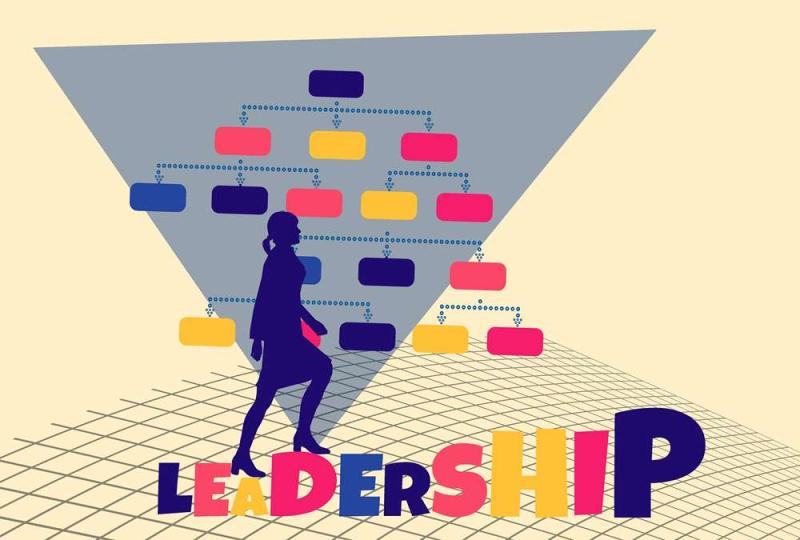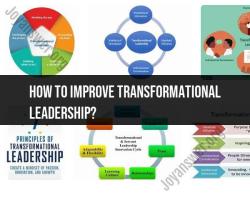What are some examples of the bureaucratic leadership style?
Bureaucratic leadership can be observed in various sectors and organizations where a strict adherence to rules, procedures, and hierarchical structures is prevalent. Here are some examples:
Government Institutions:
- Government Agencies: Many government departments and agencies worldwide operate with bureaucratic structures. These organizations follow established rules and procedures for decision-making, with clearly defined roles and hierarchical levels.
- Legal Systems: Courts and legal institutions often operate within bureaucratic frameworks, with strict adherence to laws, regulations, and established procedures in the judicial process.
Large Corporations:
- Multinational Companies: Large corporations often adopt bureaucratic structures, especially in departments like finance, HR, or operations. They rely on standardized procedures for operations, clear hierarchies, and specialized roles.
- Financial Institutions: Banks and financial organizations often exhibit bureaucratic leadership, emphasizing adherence to regulations, following procedures for transactions, and hierarchical structures.
Educational Institutions:
- Universities and Schools: Educational institutions often have bureaucratic elements in their administrative operations. They follow established protocols for admissions, curriculum development, grading systems, and administrative processes.
Healthcare and Public Services:
- Hospitals and Healthcare Organizations: Healthcare institutions rely on bureaucratic structures for patient care protocols, compliance with medical standards, and administrative functions.
- Public Services: Certain public service sectors, like municipal administrations or public utilities, operate under bureaucratic systems, following set procedures and regulations for service delivery.
Military and Law Enforcement:
- Military Organizations: Military structures typically exhibit bureaucratic elements, with clear hierarchies, standardized procedures, and strict adherence to protocols.
- Police Departments: Law enforcement agencies often have bureaucratic characteristics in their organizational structure, operational protocols, and administrative processes.
Notable Historical Examples:
- Ancient Roman Empire: The Roman government operated under bureaucratic structures, with clear hierarchies, administrative divisions, and adherence to laws and procedures.
- Early Modern Government Systems: Early modern bureaucracies in Europe, such as those established by Napoleon Bonaparte or the Prussian administrative system, demonstrated bureaucratic leadership principles.
These examples illustrate how bureaucratic leadership manifests in various institutions and organizations, emphasizing structured systems, adherence to rules, and hierarchical arrangements in decision-making and operations.
Bureaucratic leadership is a structured approach to decision-making that emphasizes rules, procedures, and a clear hierarchy. This style of leadership is often seen in large organizations, such as governments and corporations.
Key characteristics of bureaucratic leadership include:
Unraveling the characteristics of bureaucratic leadership: A structured approach to decision-making
Bureaucratic leaders typically follow a structured and methodical approach to decision-making. This involves gathering information, analyzing options, and making decisions based on established criteria. This approach is designed to ensure that decisions are made in a fair, consistent, and rational manner.
Emphasizing rules and procedures: Adherence to established guidelines and processes
Bureaucratic organizations are characterized by a strong emphasis on rules and procedures. This is because bureaucracies are designed to be efficient and reliable, and the best way to achieve this is to have a set of rules and procedures in place that everyone can follow.
Maintaining a clear hierarchy: A well-defined chain of command with defined roles and responsibilities
Bureaucratic organizations also have a clear hierarchy, with a well-defined chain of command. This means that there is a clear line of authority, and everyone knows who they report to.
Utilizing consensus-based decision-making: Seeking collective input and agreement
Bureaucratic leaders often utilize consensus-based decision-making, which involves seeking input from all stakeholders before making a final decision. This approach can help to ensure that all perspectives are considered and that decisions have broad support.
Valuing documentation and record-keeping: Maintaining detailed records of decisions and processes
Bureaucratic organizations also place a high value on documentation and record-keeping. This means that they maintain detailed records of decisions, processes, and transactions. This approach can help to ensure transparency, accountability, and consistency.
Bureaucratic leadership can be effective in organizations that require a high degree of order, consistency, and control. However, it can also be criticized for being slow, inflexible, and uncreative.
Benefits of bureaucratic leadership:
Efficiency and consistency: Bureaucratic leadership can help to ensure that decisions are made in a fair and consistent manner.
Transparency and accountability: Bureaucratic leadership can help to ensure that all stakeholders are involved in the decision-making process.
Control and order: Bureaucratic leadership can help to ensure that organizations are well-managed and that there is a clear line of authority.
Drawbacks of bureaucratic leadership:
Slowness and inflexibility: Bureaucratic leadership can be slow to make decisions and can be inflexible in the face of change.
Lack of creativity: Bureaucratic leadership can stifle creativity and innovation.
Alienation and disengagement: Bureaucratic leadership can alienate employees and make them feel disengaged from their work.











